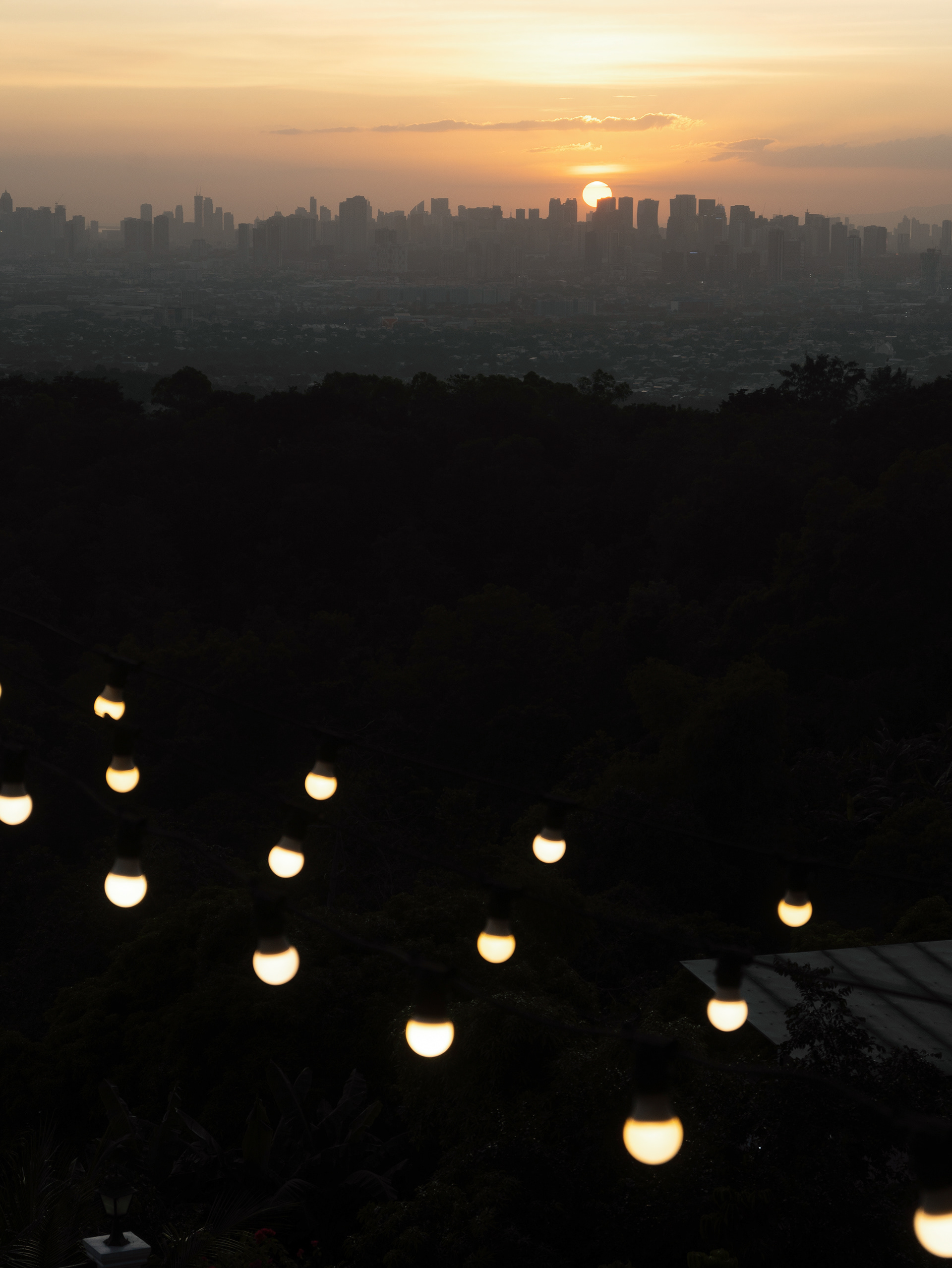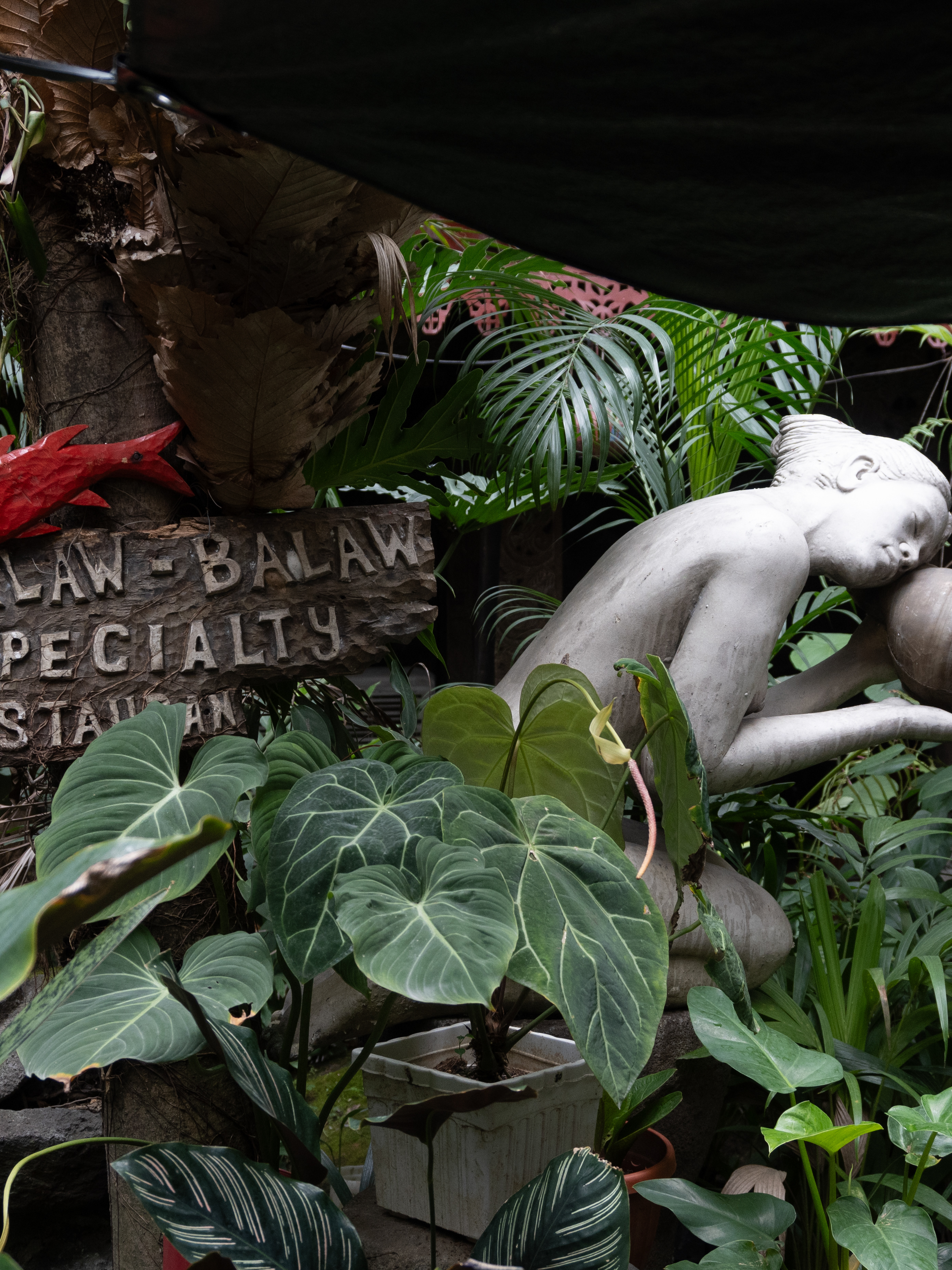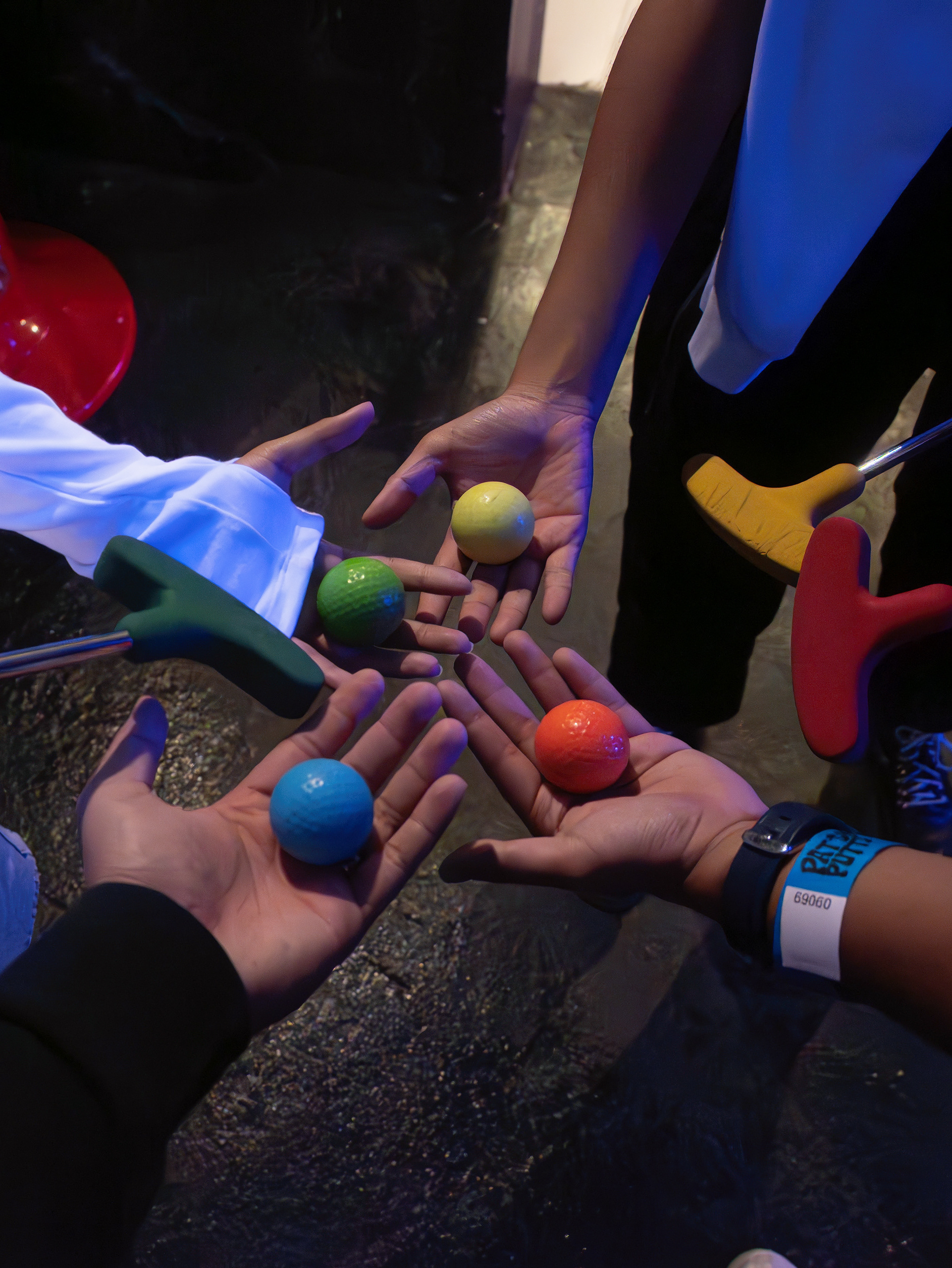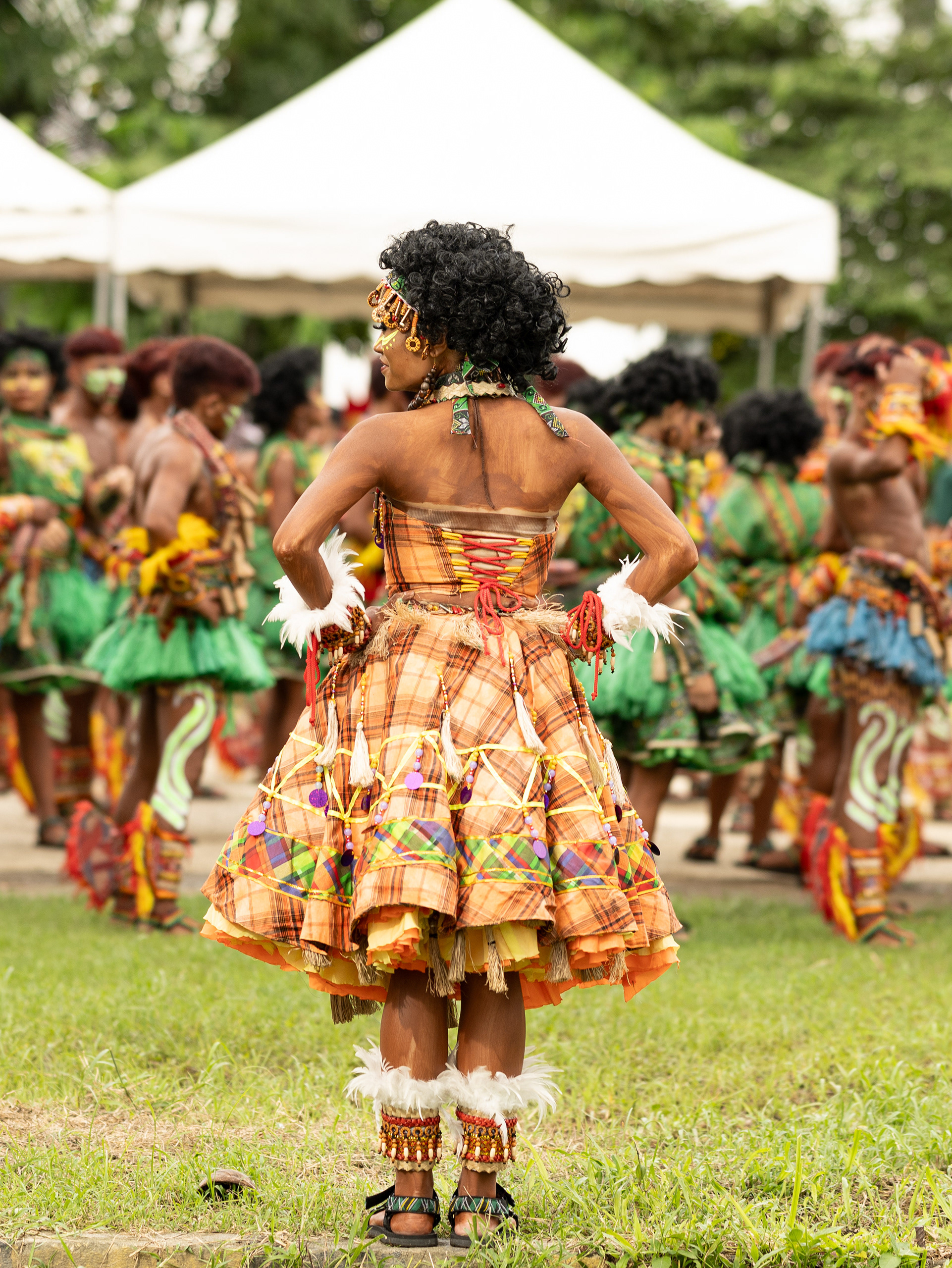Home of the Higantes and known as the Art Capital of the Philippines, Angono houses and keeps hidden, an underrated and not so talked about artwork. The Angono-Binangonan Petroglyph site, or park is home to the one hundred and twenty seven drawings or engravings in stone made by those who came before the modern man. The artwork is located inside a natural rock shelter (used to be a hideout or shelter used by our world war two guerrillas troops). The entire formation measures around sixty three meters wide or two hundred and seven feet. The entire rock formation is made up of soft volcanic tuff. In these prehistoric volcanic stones exist drawings depicting a sort of ceremony or ritual.
The Angono rock art was discovered in the year 1965 by boy scout leader Carlos “Botong” Francisco. He discovered these old and prehistoric art works while he was laying down inside the rock shelter with his boys, He later then realized and noticed that there were numerous deep etchings and engravings on the wall of the shelter. He noted that there were inscriptions of different types of characters. According to him there were numerous portrayals of frog-like and lizard-like drawings. Being rational he waited for a professional opinion before jumping into conclusion and decided to contact the national museum which led to it becoming a part of the museum's collection.
We could all learn a thing or two from Mr. Francisco, for us to be able to discover new artworks, or hidden gems that our very own country can offer, we must take the initiative, and make it a habit or a goal to explore all that our country has to offer. Viewing it from a global map, our country may look small, but it is far from that, we are a bigger country than Italy for example. There are so many natural destinations and art work left uncovered and uncharted in the Philippines. If Mr. Francisco was able to discover the oldest rock art is Philippine’s history, imagine all that we can discover if we push through boundaries and actually try for ourselves and explore what our beautiful mother land has to offer.
Some of the petroglyphs depict lizard or reptilian-like figures along with some human-like figures. Visiting the site and admiring the artwork done by our ancestors, it really opens up a new conversation of what old cultural beliefs, superstitions, or ceremonies, could have existed during the time when these images were casted and engraved into the stone wall we see now.
Showcasing these type of prehistoric artworks is more important now than before, not only that it gives us modern man a connection to the past and the prehistoric world and tradition of those who came before us, but it also helps us build a sense of identity and cultural diversity, not in the sense of having different cultures, but different variation and beliefs of one same culture. Our country, whether we like it or not, has lost its “traditional” roots, we do not wear traditional clothes anymore, our traditional form of writing replaced by the common alphabet. By discovering more artworks and relics like this, we get to build a new sense of culture within the Filipino community, finding pride and beauty in our own works, and not glorifying western ideals.
Additionally, in our ever growing, quick developing age of technology, AI “art” has evidently gone rampant, and has clearly become a trend, be it being used to make “actual art” memes, or deep fakes, social media has evidently accepted it, some glorify it, and artists like us, should dishonor AI art. Art in itself is a very vague term with multiple definitions and understanding by all people. I personally believe, though, that finding prehistoric art like the Angono-Binangonan Petroglyphs argues for AI art. It contrasts and contests the whole idea of computer generated AI art. Traditional and prehistoric art like these rock carvings argues that no art created by ones and zeros can come close to replicating yet alone replace or out work the natural artistic, and aesthetic value of human made art.
When it was only being discovered and developed, photography was not considered art due to the medium not having any sort of human intervention, What more in AI art? We enter prompts, and no art works would be produced without the will and the need of a human being for artistic consumption, but at the end of the day, we do not have control of what the computer or AI considers art. As subjective as it is, how can you consider that what the computer has generated is yours to claim. A computer can not possibly replicate the crude and natural imperfections of what a human hand and a dense stone can do to a soft wall.
This prehistoric and oldest rock art in the Philippines further cements the title of Angono being the art capital of the country. Going around the town and looking around, you could observe that the people from Angono are very artistic and talented, from clay and pottery, to paintings and Higantes, the people of Angono are proud to see their artworks being displayed. It surely was one of the most colorful and vibrant cities I have visited, both in terms of people, place, and art. As I drove around the city, all that was circling in my mind was how? How can AI possibly replace artists where AI follows a code, an algorithm, a pattern, making it repetitive, predictable, and having no sense of identity. It does not matter how realistic an AI art gets, people will know, the human mind will know the difference between handmade, manmade art works than those works of a machine that operates only in ones and zeroes. AI art has no spirit, no uniqueness, and no deep artistic value. It lacks the connection between the people to people, instead replacing it with Machine to people ultimately decreasing the value of art.
I have noticed something going around the Angono-Binangonan Petroglyphs site. Before you get to the Petroglyphs site, you would have to go through winding roads left and right, up and down, dense traffic, and highly populated areas. Seeing these many people you would expect that people would also flock and explore tourist destinations or “galaan” during the weekend in the afternoon. The Petroglyph site would tell a different story. Arriving at the site you get greeted by a friendly staff in the guard house asking you for an ID as you enter, and informing you with proof that you went to the place you said you are going to. As you turn at the second right going down hill, the entrance, an opening of a long cave, greets you. Going there though I was surprised that there were no cars parked, there were a couple of motorcycles but that was about it. Going through the dimly lit tunnel, you are greeted with a short trail that ends up to the Petroglyphs site. There were installations of sidewalks, and line barriers, but you would be surprised that none of these are being used due to the lack of visitors to the park at the time. While I was going around the site to get my photos, I would encounter a family or a couple, one at a time, they come and go, but never pack. It was then I realized how small and quiet the area is and thought to myself why there are barely any visitors.
Asking Around and Listening to the stories of the locals, I later found out that the place gets packed from time to time, and this is mostly dues to group trips or tours that are advertised online, or by students, where a school holds their field trip in the Petroglyph site and park. This was relieving that there are times that people would still come and visit the place, but I also heard from one of the locals that people who are from Angono know about the Petroglyphs site, but never bothered to visit them, and this raised a question in my mind. How could the local government units of Angono promote and encourage their community to go and visit these sites? One answer I had at the top of my head was, why not expand? Why not add more amenities? A cafe perhaps? A place where people could stay in the area for leisure and to absorb the oldest rock art in the Philippines. Looking at the area, Beside a set of tables and benches, there is nowhere to really stay for a long period of time, making visitors lose interest and attention very quickly. Why not expand and implement a camping or picnic area to get people interested? Or add more artworks that are related to the prehistoric rock art, maybe make the first Outdoor museum of the National Museum, which would offer guests a different way to experience and interact with the art works In the contrary, there is proof that there have been plenty of visitors of the area, as seen by the more recent rock carvings it could be visitors trying to leave their mark or vandals being oblivious to the relic they are desecrating.
After the shoot, as I was driving on the way home, it really dawned on me all of the undiscovered and uncharted land and primitive artworks that we have all around the Philippines, and also wondered that if ancient rock arts like these excited here within the metro, just waiting to be discovered. I really wish that there was more appreciation and attention for artworks like these. It is impressive that we get to experience, interpret, and see with our own two eyes remnants of the past lives our ancestors have lived. Truly the days of the past is a whole new world that we know so little of. I really hope that the Angono-Binangonan Petroglyphs site could expand and further develop the area, making it accessible and worth traveling to, without disrupting and destroying the integrity and heart of the area in respect of the natural aspect of the place itself. The petroglyph site holds a potential to be a local park, where entire families and friends could spend their day doing all kinds of activities and spending their day surrounded by land, where those that came before us have walked on.
Yes there are plenty of cafes and other activities and amenities outside the site but within the general area such as the Thunderbird resort, Bunker park, a shooting range, and various cafes, but visitors want a one stop destination where they can experience the spirit of Angono, and enjoy doing so. It truly is rare to see art like these in the wild, making it unique and incomparable to any attempts made by a computer via AI. These are real, physical, and tangible artworks, made by man with their own two hands, carving it in a naturally occurring volcanic material in the middle of the woods. No amount of computer, program, code, or prompt could ever replicate art that was done in, and done by nature. AI and computers can not possibly comprehend the detail and each intricate imperfections these rock art have. Without original man made art, AI and computer generated images would cease to exist. AI would need sources to learn, and without the intervention of man in art, these computer generated images would have nothing to learn from. They are not capable of recreating naturally formed artworks. They may be able to replicate a rendition of it, but it would always be uncanny, and will always lack the touch of humanity ultimately making it inferior, and irrelevant to man made art.
The Angono-Binangonan Petroglyphs site is definitely one to visit, seeing them in photos or online is not enough to give you the same experience when seeing these artworks up close. So I urge you to come and visit the site, and appreciate ancient and prehistoric art in person.






























